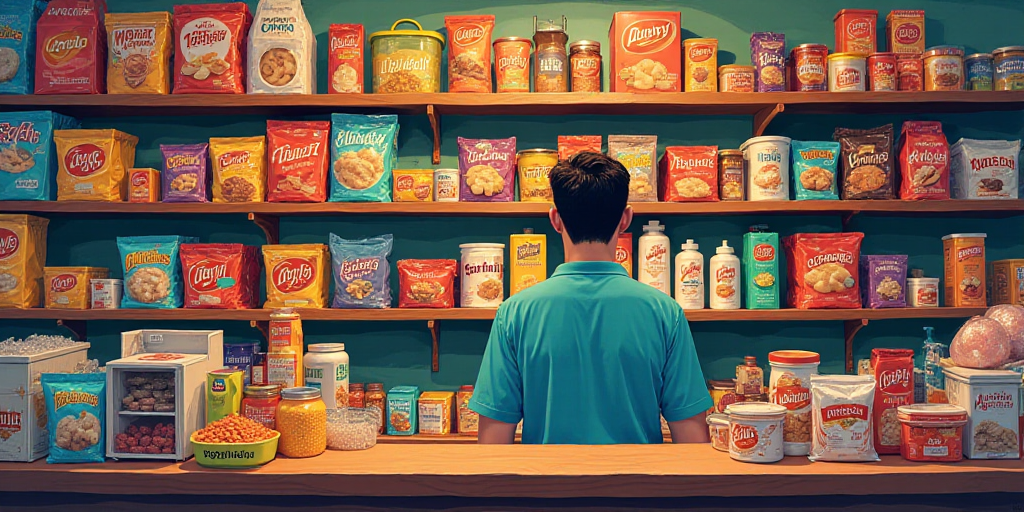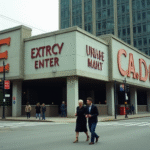The Current State of Small Businesses in Mexico
According to the National Alliance of Small Businesses (ANPEC), seven out of ten small businesses, known as “tienditas,” are at risk of permanent closure due to rising prices, inflation, low sales, and extortion. ANPEC’s Encuesta #25: Pulso de la Tienda de Barrio 2025 survey reveals that 68.3% of these small businesses have had to temporarily close, either for a day during the week or for a few hours, to ensure their survival.
Extortion and Its Impact
The survey indicates that 77% of small business owners feel their businesses are at risk of closing definitively. To avoid this, three out of ten businesses have stopped paying essential services such as water or property taxes. Cuauhtémoc Rivera, ANPEC’s president, emphasizes the struggle of these businesses: “Resisting is becoming increasingly difficult, and this resistance is painful. These small businesses endure not for profit but out of commitment, selling at a loss and surviving without support, driven by pride.”
The primary factors leading to the closure of these businesses are rising prices due to inflation, low sales, and extortion. Four out of ten businesses face extortion from telephone companies or local gangs.
Small Businesses Resisting, but at a Loss
The survey, which included 3,000 merchants, highlights that 62.9% of small businesses have had to sell products at a loss, meaning they’ve sold items at the supplier’s cost without making any profit, just to keep their businesses afloat.
Additionally, 72.8% have reduced their profit margins, and 53% have had to switch suppliers or brands for cheaper options to restock their inventory and continue offering products to consumers.
The Impact of Inflation
Inflation has affected consumers’ purchasing power, causing them to opt for more affordable products. Seventy-five percent of the small businesses report losing customers who prefer cheaper alternatives. Moreover, there’s an increase in those asking for credit.
“There is fierce competition between the informal channel, with in-kind conventions, and the traditional channel,” Rivera notes.
Merchants believe that inflation has been worse this year, leading people to buy fewer products as they spend an average of 100 pesos daily and have stopped purchasing canned food and packaged bread.
This reflects that customers are prioritizing price over quality. “Small businesses face a paradox: stores are open, but refrigerators are empty. Purchasing power has been broken, and food inflation shapes every survival decision,” Rivera explains.
Profile of the Small Business Owner
ANPEC’s report highlights that eight out of ten small businesses are grocery stores, with 62% having fewer than ten years of operation. Half of these businesses operate from home.
An essential point is that these businesses, which are the “fabric of the neighborhood,” are created out of necessity in 32% of cases due to unemployment or dismissal and as an entrepreneurial endeavor in 48% of cases.
This entrepreneurial spirit drives their resilience and persistence despite economic losses. “These small businesses endure not for profit but out of pride,” Rivera concludes.
Key Questions and Answers
- What percentage of small businesses are at risk of closing? Seven out of ten small businesses, or 70%, are at risk of closing permanently.
- What factors contribute to the closure of these businesses? The primary factors are rising prices due to inflation, low sales, and extortion.
- What actions have small businesses taken to survive? Many small businesses sell products at a loss and have stopped paying essential services to stay open.
- How has inflation affected consumers and small businesses? Inflation has reduced purchasing power, causing consumers to prioritize affordability over quality. Small businesses have seen a decrease in sales and an increase in credit requests.
- What percentage of small businesses are grocery stores, and how many have fewer than ten years of operation? Eight out of ten small businesses are grocery stores, with 62% having fewer than ten years of operation.






